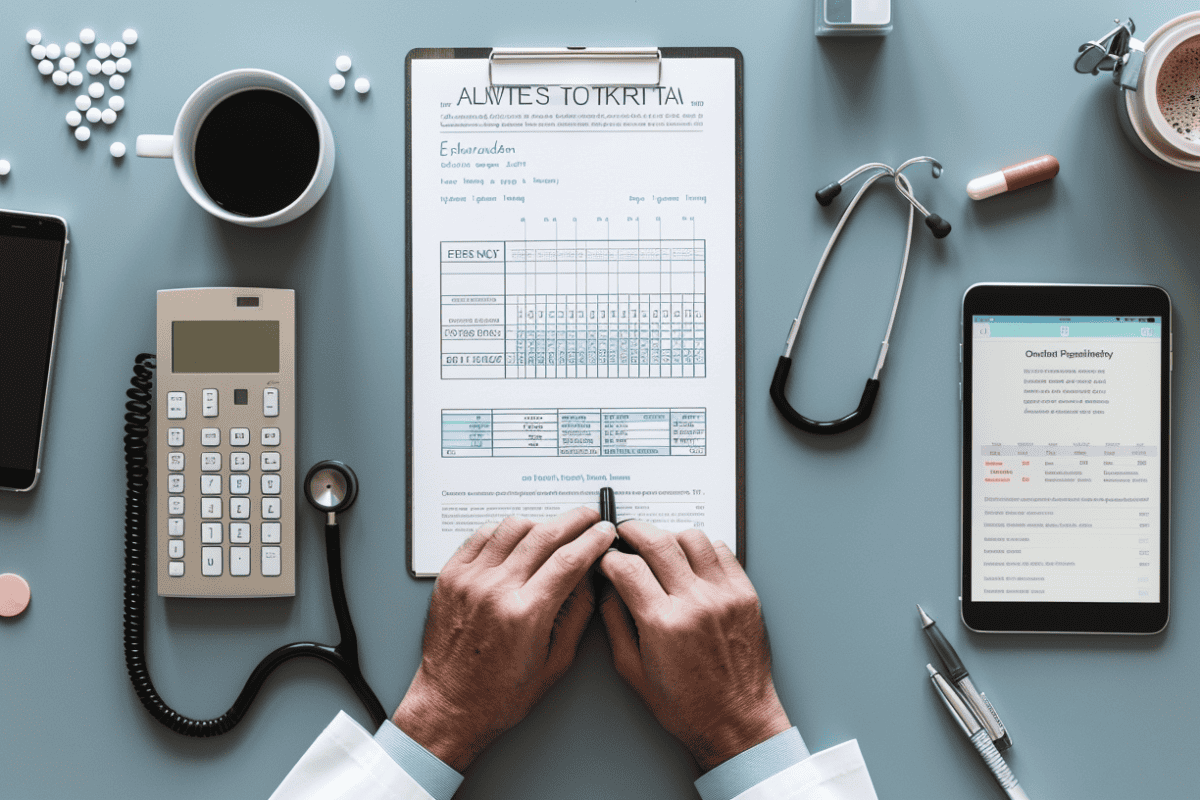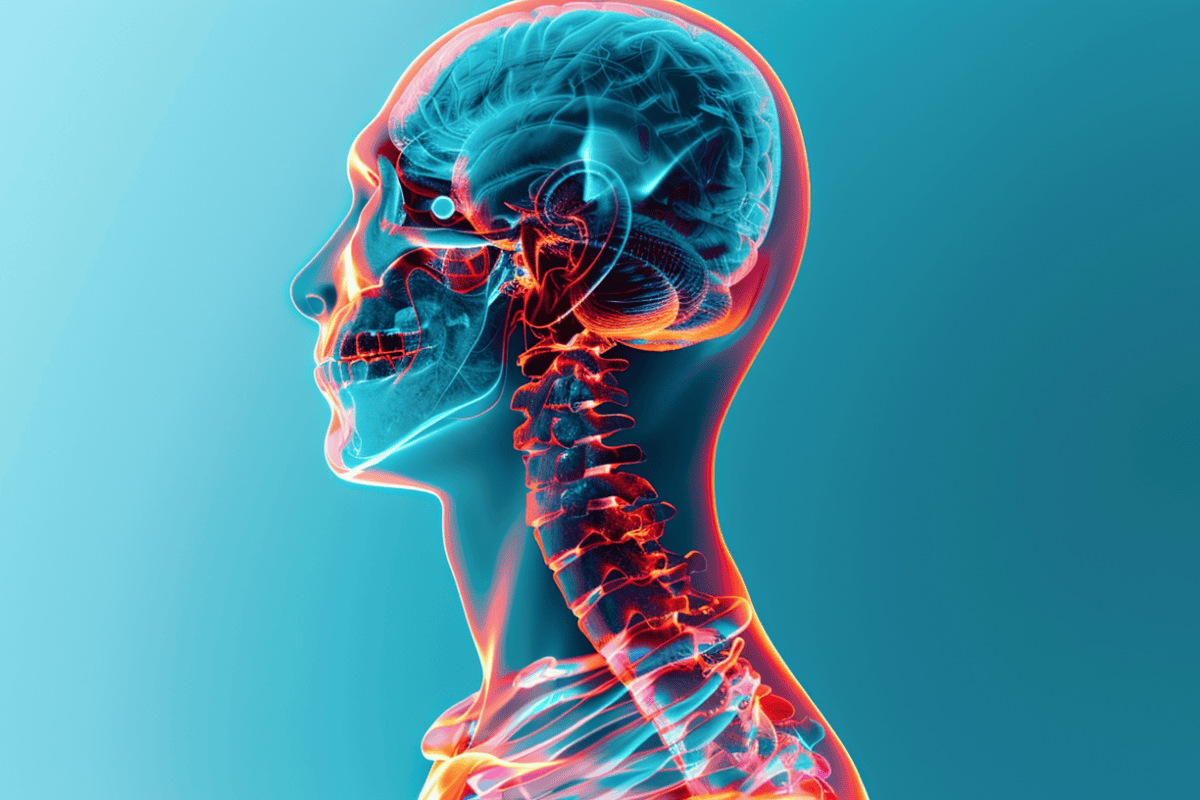According to the report by Frost & Sullivan, by 2020, the market for big data analytics in healthcare will exceed $68 billion. In 2019, the growth of the technological segment in medicine will have a significant impact on related markets, such as big data analytics, artificial intelligence (AI), mobile medicine, smart accessories, etc. This way, it’s fair to conclude that with the increase in the amount of digitalitalized data, the urgency of finding a decent healthcare software development company to make further processing of such data will only increase.
In 2019, corporations such as Google, Apple, Facebook and Amazon will continue to dominate the health system in western countries, while Baidu, Ali Health and Tencent will remain major players in the east. Major investments in research on the development of new drugs will be aimed at meeting the needs of emerging markets in Asia, experts say. In addition, the year 2019 will be a test of the strength of the two most promoted technologies for use in health care – artificial intelligence and blockchain. Technological changes in the health sector are changing both the interaction of consumers with suppliers and the ways to manage these services. Therefore, a number of trends in the development of medicine with regard to new information technologies have appeared.
Let’s talk about population first. Millennials, born in the 80s of the 20th century, are no longer college students. They have stepped over the thirty-year threshold and now independently make decisions in all areas of their activities. Millennials put high hopes on the availability of medical data, convenient portals for patients, and the possibility of remote consultation with a doctor. To keep up with their demands, medical organizations must embrace digitalization: improve websites, maintain online reviews, and provide patients with telemedicine options.
Thanks to telemedicine, the period during which the disease is diagnosed will be significantly reduced, and methodological assistance is also possible. For example, by 2025 it will be possible to reduce the mortality caused by pathologies of the cardiovascular system. Now there is the possibility of reading 12 parameters that determine the physical condition of the patient: the level of glycemia, ECG, etc. This way, chronic diseases can be treated more efficiently, giving great attention to prevention, and the total number of complications will decrease.
Besides, millennials prefer to control the services provided to them, including transparency in pricing, and new legislative requirements may come handy in such case. The professionals from the US health insurance program called Medicare are working to create a publicly accessible pricing transparency website to divert consumers to companies that provide accurate information on actual costs.
Let’s move on. Over the years, interoperability in large health systems has slowly but steadily improved. Individual specialists and outpatient imaging centers associated with a large hospital system often combine data into a single portal, which is of great importance for patients. For example, at Johns Hopkins University, IT specialists have integrated all the new public hospitals of their network into one system. However, very few people remain within the framework of a single healthcare system, and this is especially true for young specialists.
Medical institutions are faced with the task of tracking data and reducing the number of duplicate laboratory data and images. Companies have already made several attempts to improve compatibility. In the fall of 2018, the CommonWell Health Alliance announced the availability of the CareQuality system, which will allow healthcare facilities to connect to a shared network and share patient data to improve coordination.
State-of-the-art research centers use machine learning to generate new ideas. As the amount of medical data continues to grow, it becomes more and more difficult to analyze them. This is where the experience of the already developed technology industry comes to the rescue. Researchers from leading institutions are looking for new ways to turn data into ideas, using the results of imaging diagnostic methods for scientific research.
The experience in data management and the application of these systems in healthcare will reinforce this work. For example, Google Cloud now works with leading academic institutions. The potential of using new data for research, AI initiatives and machine learning when combining databases is almost unlimited. Leading research institutions update recommendations, including developing clear formulations for patient consent forms for data processing and cloud technology and medical research databases.
Nowadays, technologies are omnipresent. Paul Roitberg, General Director of Digital Worlds, describes the state of medicine today: “Nowadays, the patient knows more about his narrow problem than the general practitioner. The modern patient increasingly believes in Dr.Google. At the same time, all that he wants is the variety of services. And it is not about the electronic record to pay a visit to a certain doctor but also the access to his electronic medical record as well. ”
This post has been sponsored by PromotionStep
Digital Health Buzz!
Digital Health Buzz! aims to be the destination of choice when it comes to what’s happening in the digital health world. We are not about news and views, but informative articles and thoughts to apply in your business.


